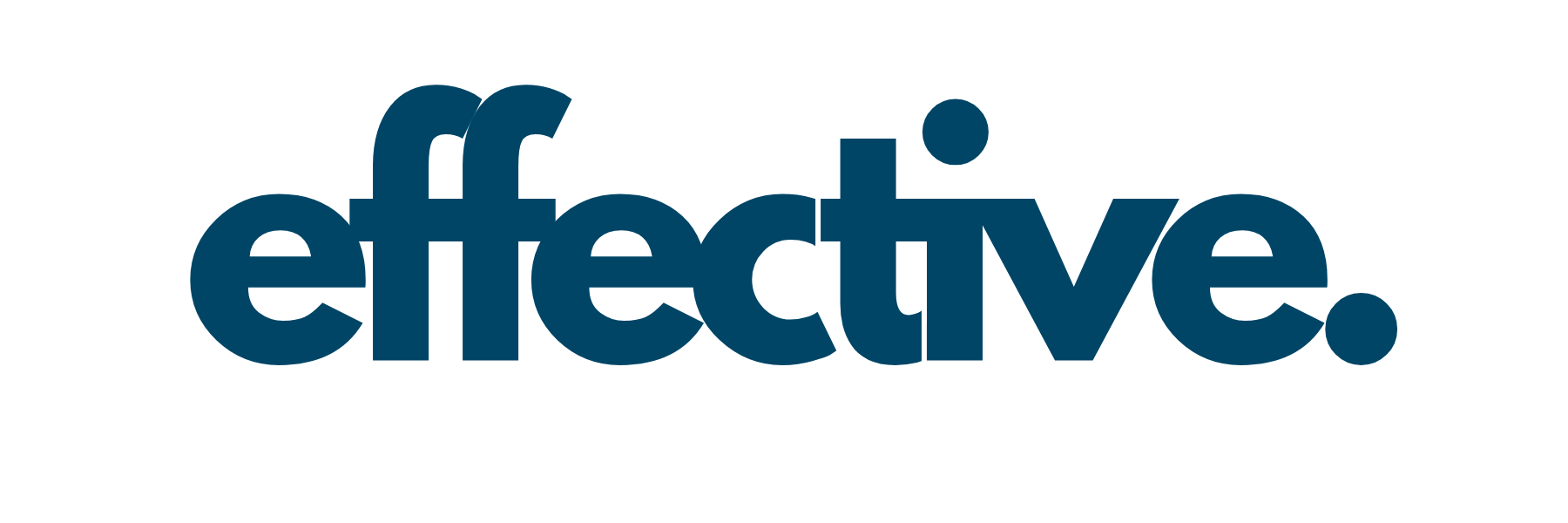Your Target Customer is Not Everyone
A few questions to warm you up…
Ever thought your customers were stupid for “just not understanding?”
Have you got one (or several) of those customers that just whinge all the time?
Do you doubt that your marketing is generating as much income as it costs you?
Then chances are, you haven’t determined your ideal customer. Stop thinking about what you like to tell everyone and start thinking about what your best customers care about.
Here are 5 things you need to know…
1. Effective businesses attract customers they don’t chase them.
Stop throwing stacks of money behind blanket advertising hoping to grab customers and tempt them to come in.
Know your ideal customer so you know where they are and what they’re doing. Then the aim is to become part of their lives.
There’s no use throwing TV ads on if your ideal customer loves outdoor adventure and is a dedicated watcher of the ad-free ABC.
Yet many businesses do just that…
2. You’ll have more than one ‘ideal customer’ type.
We often create buyer personas for one or two primary customer types. Then you might have a few other secondary customer types but my advice is to get really good at knowing your primary ‘ideal customer’ first. You want to create key marketing messages that hold true and authentic value. The trick is not to rely on blanket advertising to the masses otherwise you’ll confuse the market with mixed messages. Instead you’ll need to ensure you target those messages to where only those people see them. This is why digital and social channels are so beneficial. You can easily segment the ideal message to the ideal target customer.
3. It goes beyond how old they are, where they live and what’s between their legs.
Demographics are all about the measurable aspects of a person: Gender, Age, Income. The thing is today’s world is full of individuals.
People don’t hang out in age groups anywhere near as often as they used to. People are much more diverse than that now.
We want to understand what people value and the things they need/want in their lives to make their lives better. For this example, I’d like to point out for my international readers what a ‘bogan’ is. It’s a slang stereotype used in Australia and New Zealand, generally a lower working class or not working at all, that may be a bit uncouth or a bit loud (most Aussies have a bit of bogan in us somewhere). This explanation makes more sense soon…
To the example: I coached a retail store a few years back and they had two primary customers, one of whom were CUBs, also known as “Cashed Up Bogans.”
We knew that these guys (aka humans) were probably the first generation to have disposable wealth. They’re probably partners of FIFO workers or trades people and may not be quite as turned on by refinement as they are by features. They’d likely drive a top of the line Holden rather than a Mercedes. They’d more likely live in a suburb where the houses are new and big, rather than a leafy classic street of traditional homes. So why was knowing all this so important? Because the stock was bought with them in mind. They liked bigger things that were shiny, not the things that were handcrafted.
In the same way, any advertisements that you use would include the visuals and the messages that would appeal to this buyer.
4. Some customers just don’t want you…
Don’t take it personally (many business people do). Why don’t all those people want my product? It’s either because they don’t know yet why they need it (and you’ll need to focus on nurturing that relationship) or simply because they’ll never care about your product. It simply doesn’t fit in to their life, and you need to be Ok with that.
5. Stay focused, say no, hold your nerve.
Steve Jobs was well known for his ability to say no and stay focused on the project at hand. It’s that same focus that you need to have on matching what your business does best, with the buyers that want it most.
This will mean that you’ll get offers for advertising that sound like they’ll reach lots of people, but if they don’t reach the RIGHT people, you should feel comfortable to say no. With the focus on who you do want, and who will likely want you, you’ll notice that those customers who are problematic eventually aren’t there anymore, replaced with more of those that are easier to serve.
Create your own buyer personas:
So now that we’ve determined your target audience isn’t “everyone”, I want to give you something that will help you ‘profile’ your ideal customer/s.
